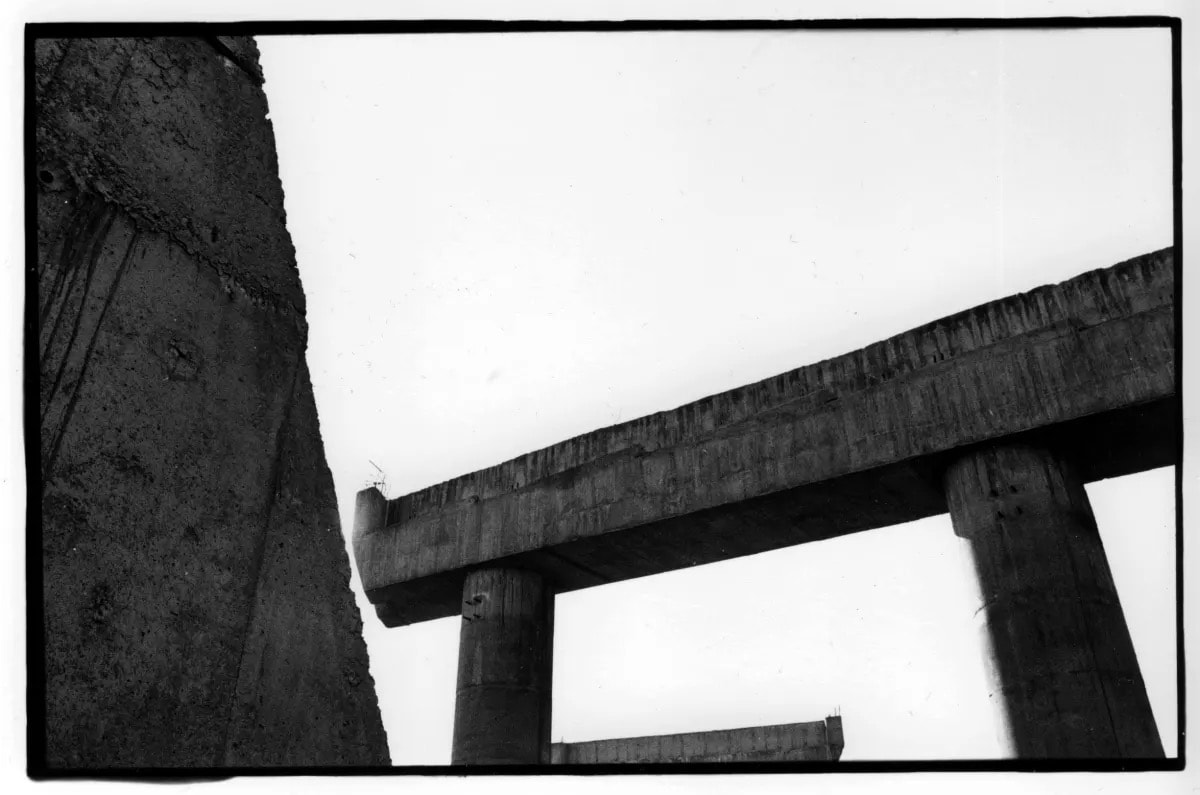How does a curator tell an unfamiliar history yet evade the museum’ didacticism and the audience’s dulled expectations? Jhaveri’s ambitious review of India’s testing decades at the end of the 20th century could easily have been a torturous sermon: the period’s Wikipedia entry is full of social tension, abuses of power, even civil unrest. The absence of wordy labels in the gallery, then, is radically generous. The exhibition’s 50 paintings and the odd installation put forth their aesthetic narratives without competition.
Even unfamiliar with the events, one gets the sense of their near-Biblical magnitude. The political anxiety of Rameshwar Broota’s satirical Reconstruction gives way to the growth caught in Sudhir Patwardhan’s city-building vistas. Social transformations give rise to dream sequences in Nilima Sheikh oils and temperas. Pablo Bartholomew’s record of the Union Carbide disaster tickles the Western consciousness, as do Sunil Gupta’s gay liberation slogan-photographs.
Forms from the 1990s like Sheela Gowda’s clay assemblies feel more familiar still, but Jhaveri avoids the internationalised Indian art market’s greatest hits. Patwardhan now turns to rural desolation, while Jitish Kallat cryptically codes Mumbai’s political agitation. Nalini Malani’s nuclear anxiety video room finally breaks the end-of-history timeline, prompting a second look with the exhibition guidebook in hand.







